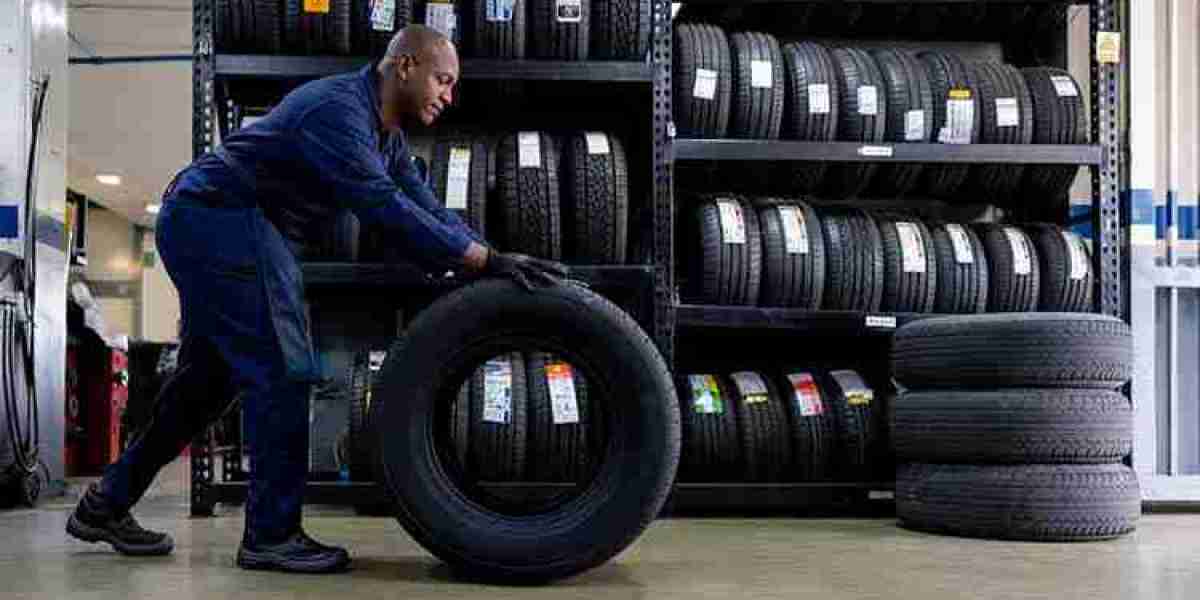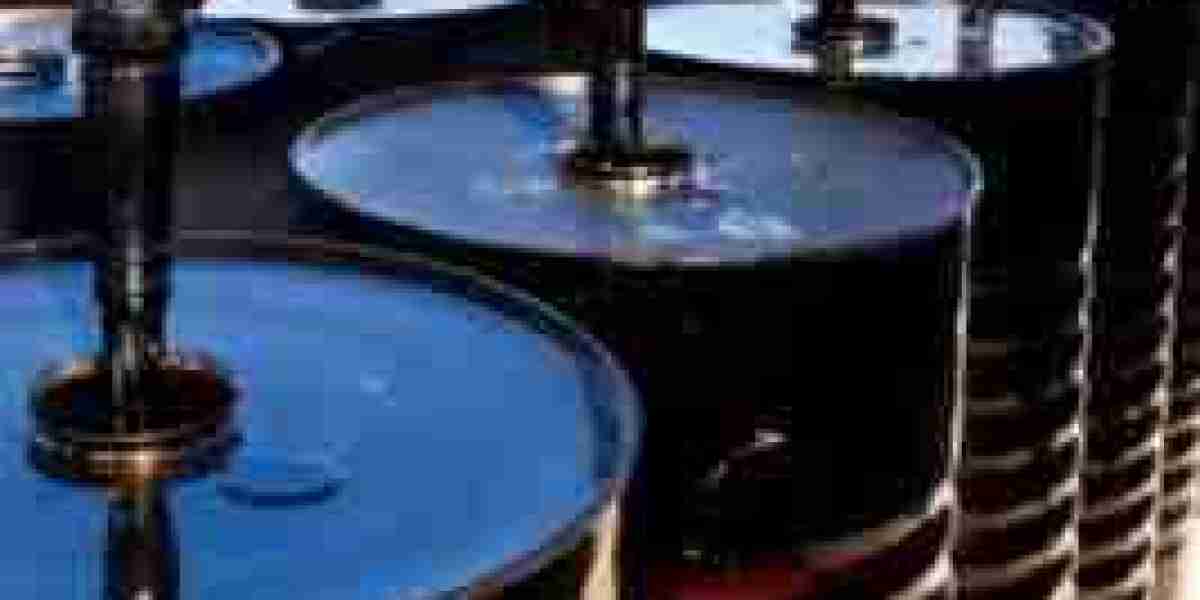Introduction
The Hospitality Flooring Market is gaining traction with the global rise of wellness tourism. Hotels are increasingly integrating wellness centers, luxury spas, and high-performance fitness facilities into their properties to meet growing guest expectations. These additions not only elevate brand value but also require flooring that caters to specific needs—comfort, hygiene, safety, and ambiance. As such, flooring solutions are evolving to support this wellness-driven trend across the hospitality sector.
Wellness and Spa Trends Shape Flooring Demands
Wellness centers and spas in hotels have transformed from simple massage rooms to elaborate facilities offering hydrotherapy, salt caves, saunas, and aromatherapy chambers. This change is reshaping flooring preferences in the following ways:
Water Resistance: Spa areas require flooring materials that can handle constant exposure to moisture without warping, degrading, or developing mold.
Slip Resistance: Safety is crucial in wet environments; textured or coated flooring is essential to prevent accidents.
Calming Aesthetics: Natural stone, wood-effect tiles, and muted color palettes contribute to tranquil and luxurious spa environments.
These wellness zones favor materials like ceramic tiles, luxury vinyl, rubber, and sealed concrete that combine functionality with elegant appearance.
Fitness Facilities in Hotels: Flooring for Performance and Protection
Fitness centers are now common even in mid-range hotels, and luxury hotels often include full-service gyms, yoga studios, and personal training spaces. The flooring requirements here are unique:
Shock Absorption: High-impact exercises demand cushioned flooring to protect joints and reduce fatigue.
Durability: Materials must withstand heavy gym equipment, weights, and foot traffic.
Hygiene: Anti-microbial surfaces and ease of cleaning are top priorities in sweat-prone environments.
Sound Insulation: Especially important in urban or high-rise hotels to avoid noise disruption.
Common materials include rubber tiles, interlocking foam mats, athletic vinyl, and high-density carpet tiles that offer both safety and performance.
Zoning Different Areas with Specialized Flooring
Modern wellness and fitness areas often contain multiple zones—each requiring its own specific flooring characteristics. For example:
Reception & Lounge: Stylish wood or stone-effect flooring to create a luxurious first impression.
Massage Rooms: Soft, quiet flooring like cork or luxury vinyl to enhance comfort and acoustics.
Wet Zones (Saunas, Showers): Non-slip ceramic tiles or sealed concrete with drain systems.
Weight Training Area: Dense rubber tiles that absorb shock and protect the subfloor.
Yoga/Mindfulness Studios: Eco-friendly cork, bamboo, or padded vinyl for barefoot comfort.
This zoned approach has led to increased use of modular flooring solutions that allow seamless transition from one surface type to another without compromising aesthetics.
Technology Integration in Wellness Flooring
With wellness facilities becoming tech-enabled, flooring is also evolving to accommodate:
Underfloor heating systems in spa environments for enhanced comfort.
Embedded sensor technology for smart gyms that track movement or foot pressure.
LED edge lighting integrated with transparent flooring in high-end spa pathways.
Anti-bacterial coatings and advanced finishes that repel stains and prevent microbial growth.
These innovations are setting new standards in luxury hospitality, blending wellness with technology through smart flooring.
Sustainability and Wellness Go Hand-in-Hand
Sustainability is an essential pillar of wellness, and flooring plays a significant role. Hotels are increasingly selecting:
Recycled rubber or PET flooring for gyms.
FSC-certified wooden flooring in spas.
Low-VOC and toxin-free materials to preserve indoor air quality.
Biophilic textures and finishes that mimic nature, promoting relaxation and wellness.
Flooring manufacturers are capitalizing on this demand by offering collections specifically designed for wellness spaces that adhere to green building certifications such as WELL, LEED, and BREEAM.
Guest Experience and Brand Differentiation
Wellness-focused flooring does more than serve a functional role—it also enhances the guest experience and strengthens brand identity. Guests now expect:
Comfort underfoot, especially in yoga, meditation, or relaxation areas.
Silent ambiance, with floors that dampen footfall noise.
Visual harmony, where floor colors and textures align with wellness branding.
Flooring becomes a subtle but powerful storytelling tool, reinforcing a hotel’s wellness philosophy and helping it stand out in a crowded market.
Case Studies: Wellness Flooring in Action
Several hotel brands are already leading the way in wellness-centered flooring innovation:
Six Senses Hotels & Resorts uses natural wood and stone flooring sourced sustainably and paired with underfloor heating in spa cabins.
Equinox Hotels in New York integrates high-tech rubber flooring in fitness zones, capable of supporting intense workouts with added biomechanical benefits.
Mandarin Oriental Spas around the globe use elegant ceramic and travertine tiles for spa corridors and treatment rooms, merging style with functionality.
These examples reflect how wellness-focused flooring is now a brand asset as much as a design element.
Conclusion
The Hospitality Flooring Market is growing in tandem with the surge of wellness and fitness integration in hotels. From moisture-proof spa tiles to high-impact rubber flooring for gyms, the industry is responding with solutions that offer durability, safety, hygiene, and aesthetics. As hotels invest more in wellness amenities to differentiate themselves, flooring will remain a central piece of the wellness puzzle—impacting both guest perception and operational efficiency. The future of hospitality design lies not just in what guests see, but in what they feel beneath their feet.




